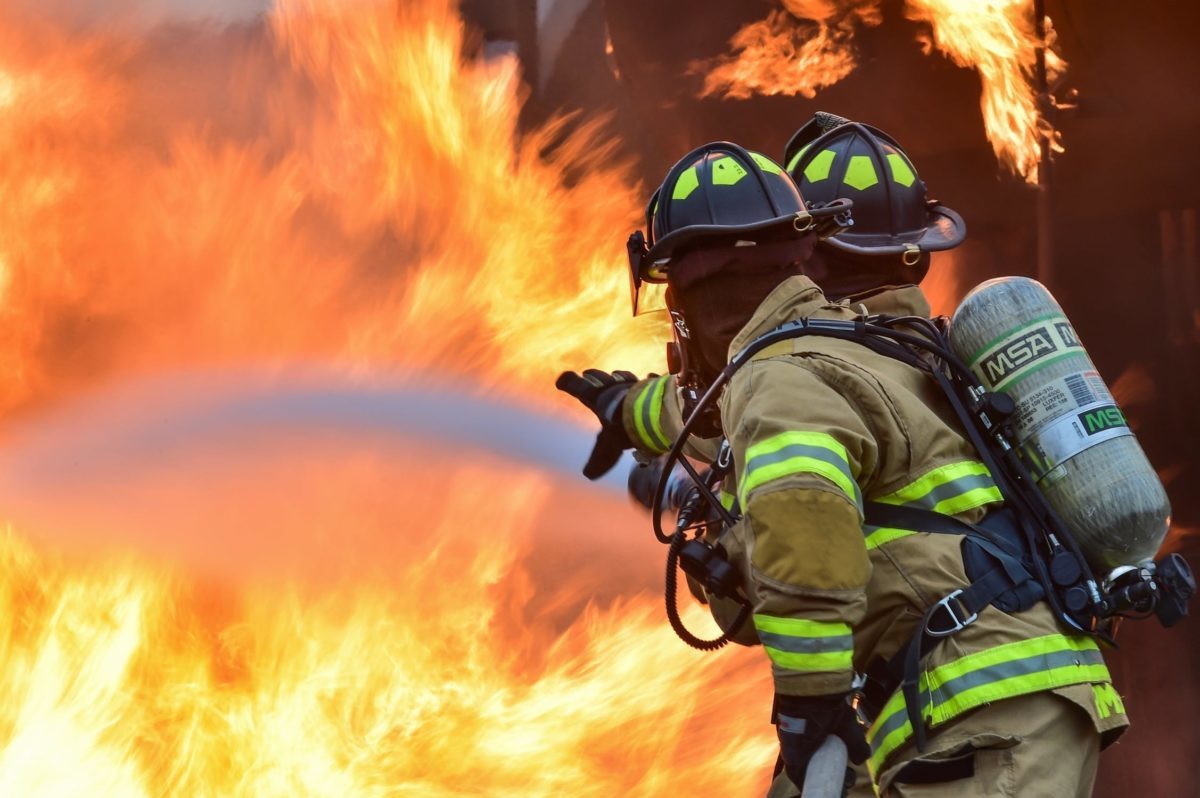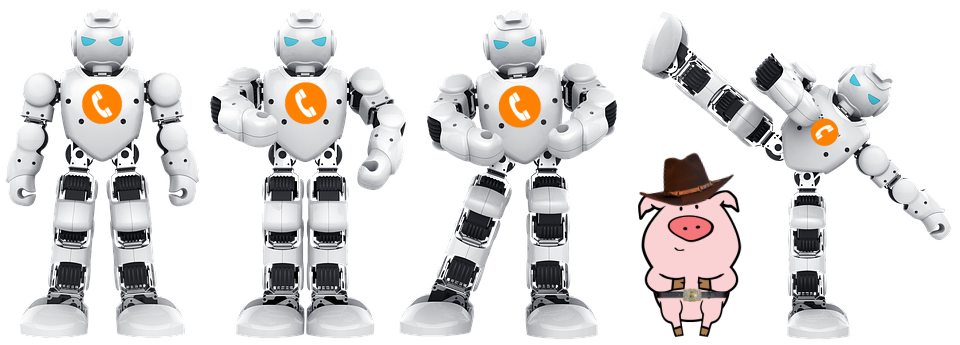We were featured on The Approved Home Pro Show talking about these alerts. Be sure to watch the segment here.
Disaster can strike at any moment. Our California friends to the North are currently suffering from an onslaught of wildfires. It could take years, if not decades, to recover from the devastation.
As we ditch our landlines, we must educate and prepare ourselves, in addition to what we like to call, be “Number Smart” with our cell phones.
In an article by The Sacramento Bee, Northern California wildfires expose emergency alert weaknesses in cellphone era, it states that it’s becoming more and more challenging to keep those in harm’s way informed with emergency alerts.
They feature the story of landline free Cheryl Irvine waking from a nap to the smell of fire and commotion on her street. There were no evacuation notifications on her cell phone that a wildfire was barreling toward her home.
Why is this?
Traditionally, counties have built their phone alert systems by collecting all households’ landline phone numbers from phone carriers and sending out mass alerts in emergencies.
But the number of people with landlines has dropped dramatically in the last decade. According to the U.S. Centers for Disease Control and Prevention, more than 40 percent of U.S. households no longer have a landline, as more people rely only on cellphones. (SacBee)
The FCC issues Wireless Emergency Alerts (WEA) to cell phones and pre-paid phones, such as area wide, life saving Amber Alerts from the US Department of Justice. Threats to safety as well as any alert from the President can be issued via a WEA.
According to the FCC’s WEA Consumer Guide:
Alerts are broadcast only from cell towers whose coverage areas best match the zone of an emergency. Phones that are using the cell towers in the alert zone will receive the WEA. This means that if an alert is sent to a zone in New York, all WEA-capable phones in the alert zone can receive the WEA, even if they are phones that are roaming or visiting from another state. In other words, a customer visiting from Chicago would receive alerts in New York if they have a WEA-enabled mobile device and their phone is using a cell tower in the alert zone.
The FCC also brings up the point that WEA is voluntary:
Participation in WEA by wireless carriers is widespread but voluntary. Some carriers offer WEA over all or parts of their service areas or over all or only some of their wireless devices. Other carriers may not offer WEA at all. Even if you have WEA-enabled device, you will not receive WEAs in a service area where the provider is not offering WEA or if your device is roaming on a provider network that does not support the WEA service. Consumers should check with their wireless carriers to determine the extent to which they are offering WEA.
Your state, city and county may offer specific wireless notifications to which you must subscribe.
Yuba County, California, which is not yet a part of the Federal system, was evacuated for the recent wildfires and has their own voluntary alert system called CodeRED.
Yuba’s local notification system, called “CodeRED,” depends entirely on people signing up online for automated phone alerts.
So far, around 30,000 people have signed up out of the county’s 74,000 residents. (SacBee)
For example, for us in San Diego, the city offers Alert San Diego, which replaced Reverse 911, to keep you in the loop on your cell phone of anything that may happen in your direct area, as well as an Emergency App, to help you prepare. This is in addition to the WEA notifications that may already arrive on your phone.
How can you find your city alert system?
Even if you’re not in any danger now, we encourage you to contact your local government office either by phone or online to make sure your cell phone is registered for the proper notifications.
To donate to the Northern California fire victims, check out this list put together by the Los Angeles Times:

